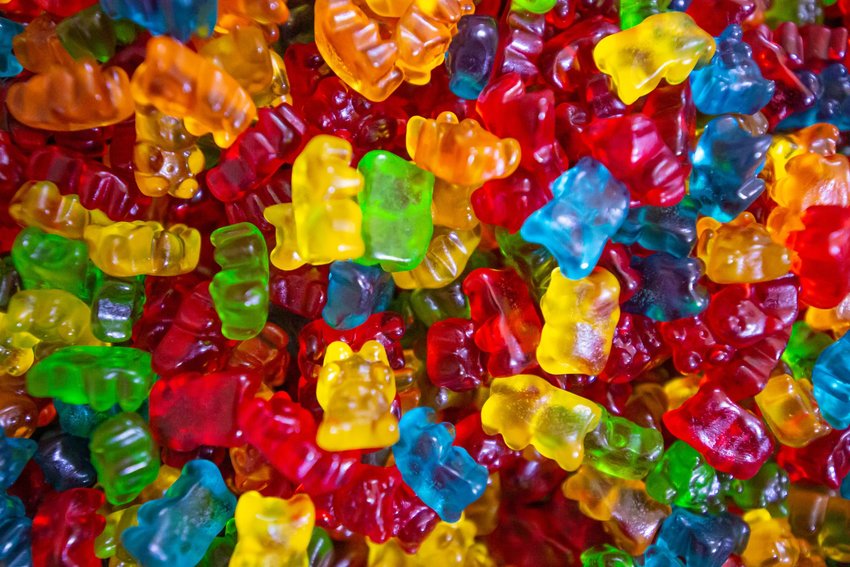Chocolate, sweets, taffy, desserts, treats. There are so many names for the ways to satisfy your sweet tooth. Whether you're a chocolate purist, or you crave brightly colored gummies, here are some key words from the candy lexicon throughout the ages.
Caramel
This French word means burnt sugar, an apt description for this sweet treat made by heating sugar until it turns brown and creamy. Some historians attribute the word (and candy) to an Arabic word, kora-moħalláh, or ball of sweet. As early as 950 A.D. this was originally used to remove unwanted hair, not unlike sugaring treatments of today.
Xocolatl or Chocolatl
Heavenly chocolate started out not-so-sweet as the ancient Mayans harvested and crushed cocoa beans with chili peppers and water to create bitter water, or xocolatl. Often used for religious ceremonies or celebrations, Mayan art is filled with images of people and religious figures sipping this “food of the gods.” The Aztecs renamed the product and actually used it as currency, proving for a time that money really did grow on (cocoa bean) trees.
Chamber Spice
By the Middle Ages, candy started appearing at banquets held by the rich, as sugar was extremely expensive. It started out as a blend of sugar and spices thought to aid digestive problems, which were common during this time. Chamber spice was made with cloves, ginger, anise, juniper berries, almonds, and pine kernels dipped in melted sugar.
Konpeitō
This traditional Japanese treat was first introduced to Europe in the 16th century by Portuguese traders who visited the island nation. Crafted by repeatedly coating a core (originally a poppyseed) with melted sugar syrup, these labor-intensive sweets can take a week or longer to produce. They are still crafted by artisans to this day.
Rock Candy
Wealthy citizens in the 18th century indulged in rock candy, which was made from crystallized sugar. This is probably the earliest production of candy that we would consider candy by modern standards, but the name is much older. Words such as the Arabic qandi, Persian qand, and Sanskrit khanda have been around since the 9th century B.C.
Lozenges and Penny Candy
Much like in the Middle Ages, sugar was used in the 1800s to produce lozenges that made bitter medicine more palatable. However, enterprising lozenge makers realized they could sell these sweet treats without the medicine. Penny candy became a favorite way for kids to spend their pocket money.
Necco Wafers, Chicken Feed, and Lollies
Heading toward the 1900s, candy production kicked into overdrive. One of the earliest candy favorites is Necco Wafers, which were invented in 1847. Chicken feed was the original name for candy corn, concocted in the 1880s by Wunderlee Candy Company. Lollipops, or lollies, came around in 1908 and were originally a soft treat that were meant to make sugary candy easier to eat.
Today the candy shelves are filled with chocolate bars and sugary gummies, but they all got their start somewhere. What's your favorite sweet treat?

